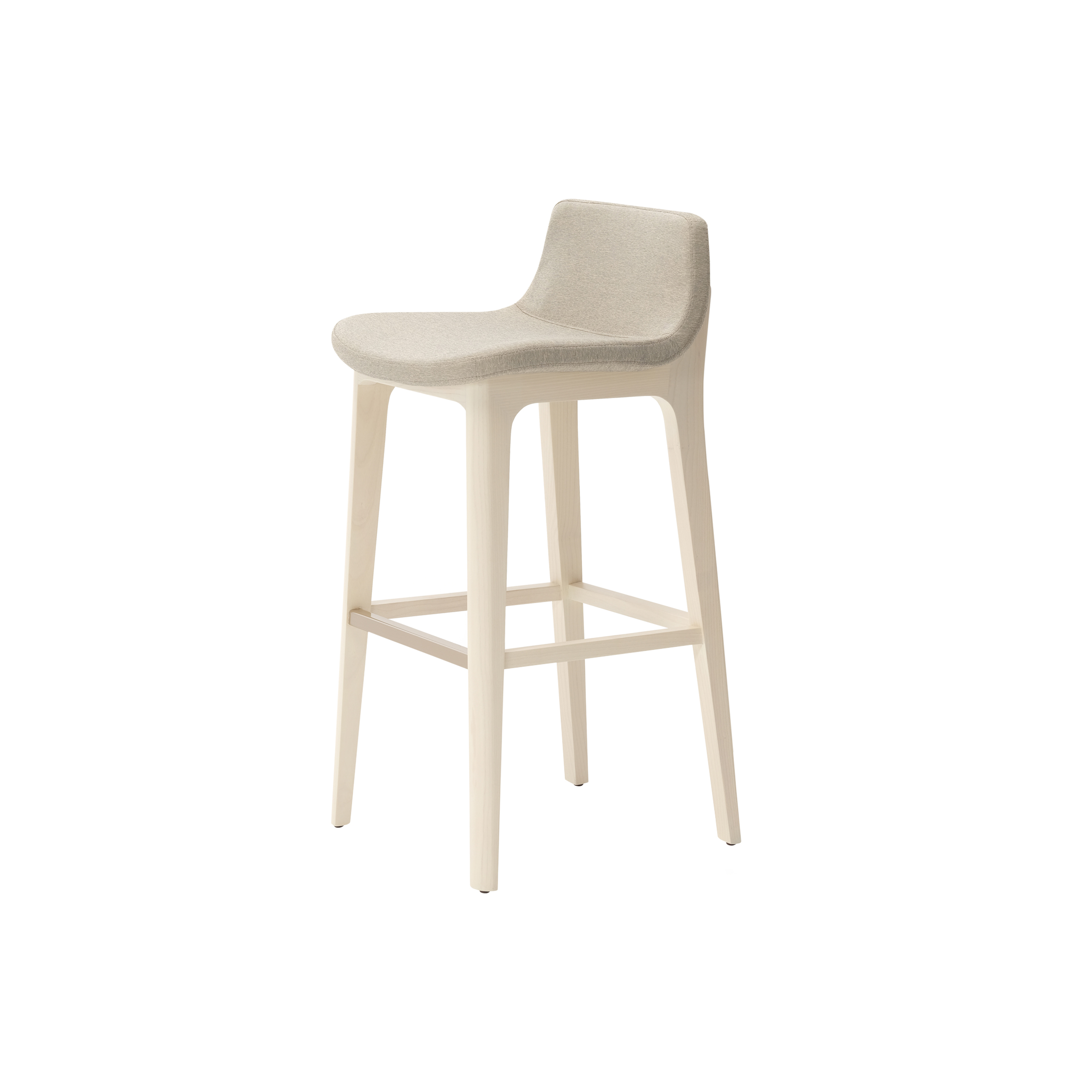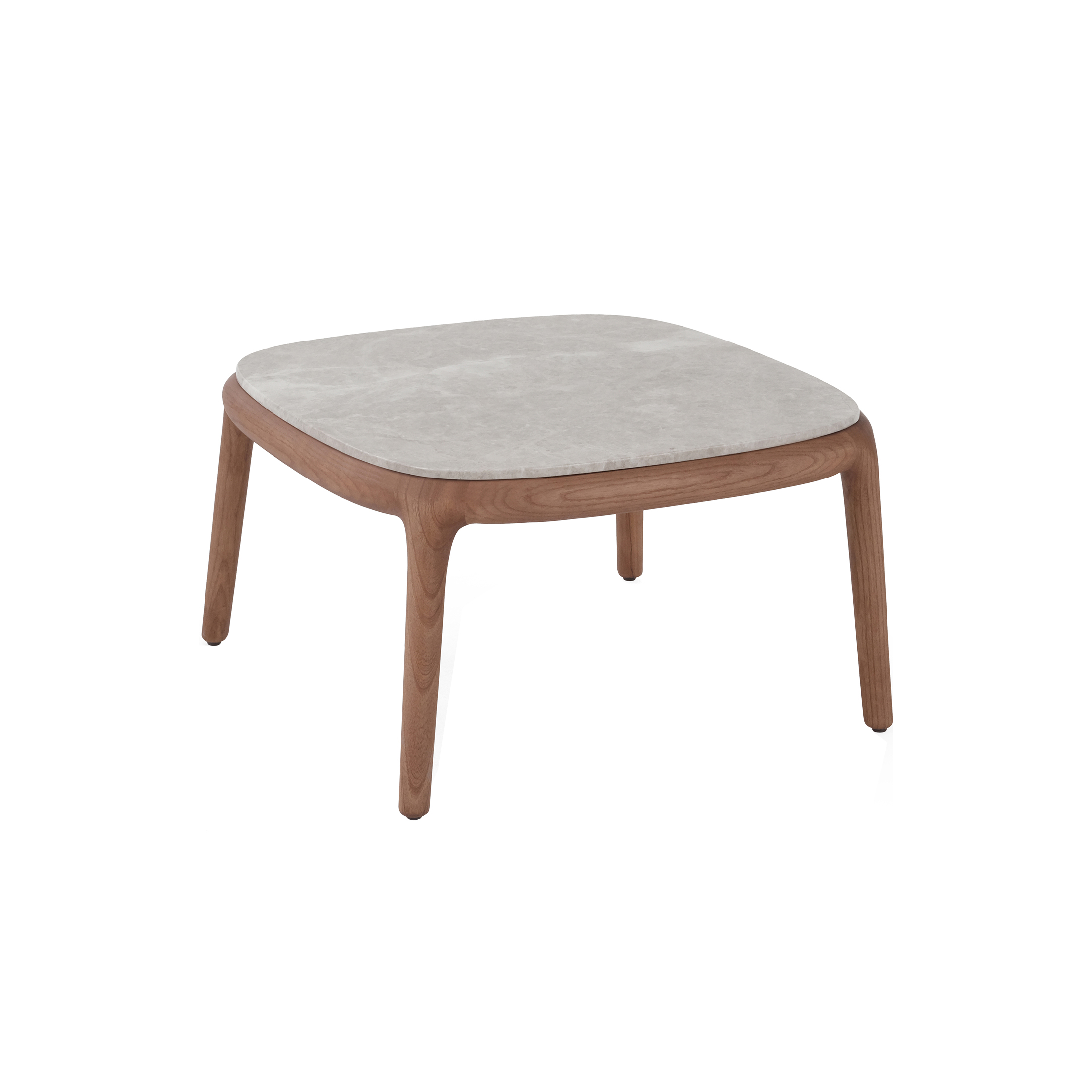-
The traditional office layout is evolving due to changes in workspace and furniture design. Segregated cubicles are being replaced by more collaborative, flexible, and employee-friendly environments. This shift reflects a greater recognition of how physical workspaces impact organizational culture and their role in promoting innovation and productivity.
-
-
Bora
-
The Evolution of Collaborative Spaces
The concept of collaborative spaces has been in wide demand over the last couple of years, driven by the changing user needs of modern organizations and their workforce. When companies try to foster a culture of creativity, idea exchange, and cross-functional synergy, the traditional office setup needs to be improved. Collaborative spaces propose a dynamic solution for environments encouraging interaction, knowledge sharing, and co-creation.
-
-
The forces behind collaborative spaces
1. Embracing collaboration as a Catalyst of Success
In this vastly dynamic business world, collaborative efforts have emerged as one of the most crucial drivers of innovation and organizational growth. Very soon, companies realized that fragmented workspaces led them to kill their creativity by restricting the free flow of ideas. Collaborative spaces break down all these restrictive barriers and support teams to ideate, brainstorm, and solve challenging issues as a unit.2. Attract and Retain the Best Talent
The 21st-century workforce of millennials and Gen Z values work-life balance, flexibility, and community. Companies that invest in flexible and collaborative workspaces can meet these needs and create a compelling and engaging work environment. This approach demonstrates that they are forward-thinking and employee-oriented, which helps to enhance their employer’s brand and reputation.3. Fostering Cross-Functional Collaboration
External interconnectivity necessitates innovating and driving organizational goals through cross-functional teams in the current business world. Multifunctional groups and specialized expertise under one roof allow creative collaboration. This co-creation environment provides a more holistic view of issues and sets the stage for innovation. -
Designing Effective Collaborative Spaces
Consideration of several factors, including but not limited to functionality, ergonomics, and aesthetics, makes for an adequate collaborative space. Here are Some of the significant elements:
1. Flexible and Adaptable Layouts
The general heuristic for collaborative spaces should be flexible to accommodate different work styles, team sizes, and project needs. Modular furniture, moveable partitions, and reconfigurable layouts allow teams to modify the space as their needs fit and bring dynamism to collaboration.2. Acoustic and Privacy Management
While open spaces drive collaboration, they also bring with them problems regarding noise and privacy. Proper acoustic management, including the application of sound-absorbing materials, acoustic dividers, and dedicated quiet zones, will create a balance in which focused work or confidential discussions can equally and harmoniously coexist with collaborative activities.3. Technology Integration
Another key feature of collaborative spaces is integrated technology. Many of these are equipped with videoconferencing systems, interactive whiteboards, collaboration software, and other tools to effectively equip remote team members and facilitate the sharing of ideas and information in real time.4. Ergonomic Considerations
Comfortable and ergonomic furniture creates an environment conducive to maximum productivity and well-being within collaborative spaces. Adjustable seating, standing desks, and ergonomic accessories avoid fatigue and discomfort—so employees can face their tasks head-on without risking health and safety.5. Biophilic Design Elements
Therefore, proper biophilic design components include ample natural light and vegetation, as well as organic materials inspired by nature, to enhance employees’ psychological well-being and creativity. The elements described create a soothing and revitalizing environment where workers feel attached to the natural world, thus fostering a feeling of fitness for the human mind. -
-
Balancing Collaborative and Dedicated Spaces
While collaborative places are significant for teamwork and innovation, one must have dedicated spaces for focused work and individual tasks. A well-designed workplace enables employees to choose among the various workspaces, including:
1. Quiet Zones and Focus Rooms
Focus or quiet, dedicated rooms allow staff to leave collaborative spaces with high noise levels. Such isolation gives staff the privacy and concentration required while handling tasks involving deep work, such as writing, coding, and strategy formulation.2. Shared Offices and Dedicated Workspaces
While open collaborative spaces would always facilitate interaction, some staff could benefit from a dedicated workstation or shared office space. These spaces don’t just create personal territory; they help balance collaboration and personal productivity.3. Breakout Areas and Lounge Spaces
Breakout areas and lounge spaces provide casual, informal spots for ad hoc meetings, casual conversations, or to take one’s mind off focused work. Such serendipitous workspaces facilitate the accidental occurrences of meetings that help in the origination of ideas or two people who can work collaboratively on something. -
Lapelle
-
The Future of Collaborative Spaces
Demand for collaborative spaces will likely increase in a constantly evolving workplace culture. Companies that embrace this change and ensure that the furniture design resembles collaboration, flexibility, and well-being will remain successful at attracting and retaining key talent, creating and innovating novel resolutions, and moving toward long-term success.
In the future, we may see greater technology integration with virtual and augmented reality tools to support remote collaboration, virtual brainstorming sessions, and other experiences. Collaborative “smart” spaces that use data and analytics to optimize physical space, lighting, and environmental conditions daily could become more common.
Ultimately, the ability of these collaborative spaces to transform themselves plays a crucial role in success by adapting to changing organizational and workforce needs. By fostering a culture of continuous improvement and staying aware of emerging trends and best practices, companies can create dynamic and inspiring collaborative environments that drive productivity, innovation, and overall success.





